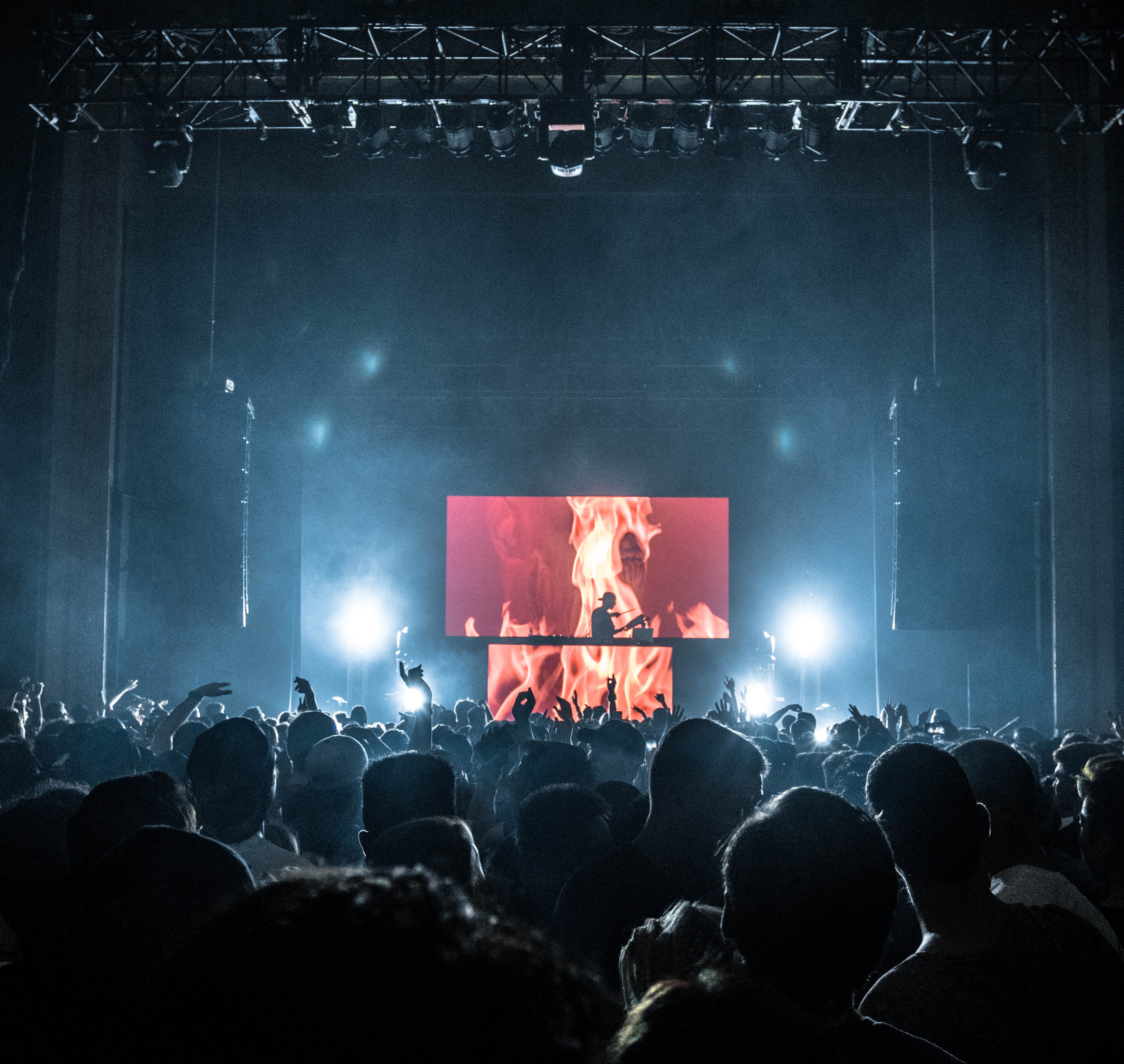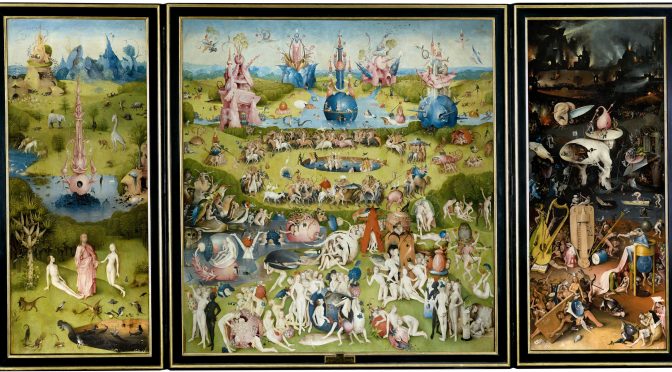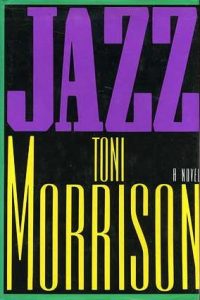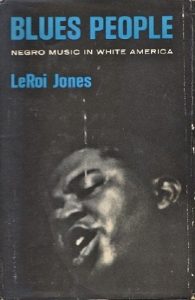All art is propaganda and ever must be, despite the wailing of the purists. – W.E.B DuBois
This is a continuation of my discussion about popular music. I concluded so far that popular music is popular largely due to the machinery of the music industry making it popular. Next, I will broaden the discussion to aesthetics as well as cultural and economic criticism.
Aesthetics
If popular music is popular due to being made popular by the music industry, where does it leave it musically? Is there something in the music that makes it popular? The previously discussed tradition and genre matters aside, is it possible to define popular music musically? Are there specific musical characteristics that make particular music popular?
As briefly mentioned before, there is a genre referred to as pop music. As categorisations and identifications often are, pop music is most often defined in terms of what it is not rather than what it is; pop music is not classical music, nor is it folk, or rock music. Pop music is often viewed as inferior on the grounds of authenticity and musical quality. The authenticity argument is quite easy to understand, as by definition something that has a ‘wide appeal’ cannot be very authentic.
|
Bassist on stage
|
I have previously discussed jazz as popular music from a cultural perspective. Miles Davis was at the top of the jazz avant-garde for many decades, while his aim at the same time was to reach as many people as possible, i.e. to be popular. From the late 1960s until the end of his career, Davis experimented with elements of popular musics like rock and pop, but he would never compromise on his artistic standards – although opinions vary on this.
In the Western philosophical tradition, aesthetics have always been closely related to form and structure. Theodor Adorno, one of the Western philosophers most invested in music, has described the aesthetic experience of music as follows:
The fully adequate mode of conduct might be called “structural hearing.” Its horizon is a concrete musical logic: the listener understands what he perceives as necessary, although the necessity
is never literally causal. The location of this logic is technique; to one whose ear thinks along with what he hears, its several elements are promptly present as technical, and it is in technical categories
that the context of meaning is essentially revealed. (Introduction to the Sociology of music. 1968: 4)
Adorno was a strong critic of popular music. As a Marxist, he viewed it as a product of a capitalist form of cultural production. Popular music represented the opposite of art and therefore had little aesthetic value, as per the musical logic described above. For Adorno, popular music lacked the structural complexity required for a satisfactory aesthetic experience.
Yet, popular music is popular because many people like it, albeit the appeal being manufactured to some extent. Surely, people have aesthetic experiences when engaging with popular music, even if they don’t listen to it in the analytical manner Adorno described. As it aims to please as many as possible to be commercially successful, it may borrow from any of the other genres. The orchestral sounds of classical music, the authentic-sounding singing techniques of folk singers, the swing of jazz, the steady beat of rock, and lately the rapping from hip-hop and screaming guitars from heavy metal and so on and so forth, can all be witnessed in popular music.
Already since the 1970s aestheticians have been moving away from analysis as the basis of aesthetic experience, allowing other, embodied, modes of aesthetic experience. Popular music is more likely to be enjoyed by dancing to it, singing, or humming along than by formal analysis of its harmonies or melodies, although that can also reveal insights to those interested and capable (see my previous post on analysis of popular music). Christopher Small coined the term ‘musicking‘ for all kinds of engagement with music.
Capability is here the key term pertaining to the ‘aesthetic emancipation’ of music. When the ability to hear formal relations in music is a prerequisite for acceptable enjoyment of music, it by definition becomes an elitist endeavour. Adorno’s sociology of music, then, falls short as a general aesthetic theory as it ultimately restricts aesthetic experiences to those with the ability to deduce the formal intricacies of music.
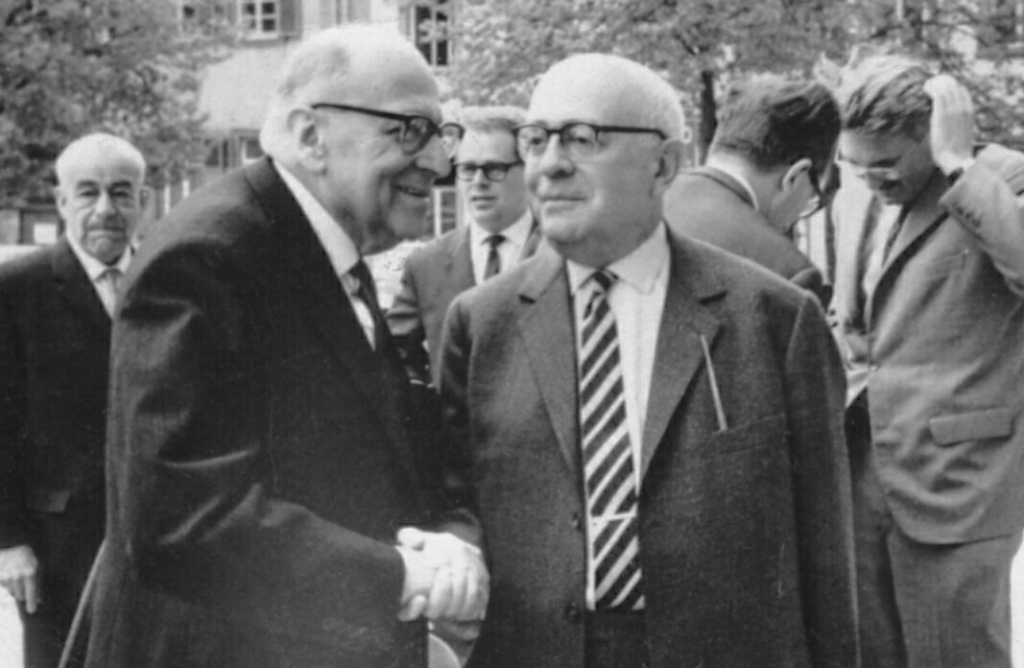
Cultural industry vs aesthetic value
Regardless of the shortcomings of Adorno’s sociology of music and the elitist bias of his critique of the cultural industry, popular music does remain a product of the said industry and this has aesthetic repercussions as well. We gain aesthetic experiences from engaging with aesthetic objects. ‘True art’ in Adorno’s view is a product of an artistic creative process with no other goal than the work of art itself. The cultural industry, however, produces commodities in order to make a profit.
For the music industry, popular music, obviously, has commercial value, but what about the consumers? We could say the music has economic, transactional value at the time of purchasing a record (or paying for streaming, more likely) or a concert ticket. The aesthetic value is derived from the aesthetic experience gained from engaging with the music. For Adorno, engaging with popular music doesn’t differ from consuming any other commodity. But that’s mainly because his ‘musical logic’ allows only one mode of engagement; the ‘structural hearing.’
People do, however, engage with arts in various ways. The value it affords is tied to the social context in which it takes place; a concert of one’s favourite artist attended with friends, a record or song listened, and perhaps danced, to at a party.
Perhaps, then, what Adorno – and many others before and after him – is trying to do is to claim aesthetic value as something objective. By locating it in the work of art and the singular mode of engagement, he claims that this is the route to ‘the truth,’ the one true aesthetic experience. Subjectivity, who is doing the engaging, where or when it happens, plays no role.
|
Band rehearsal
|
Art is, however, always ‘consumed’ in a social context. Music can be listened to in a concert, in one’s headphones at home or while on the way somewhere, or danced to at a party or a venue, etc. Not only all these different contexts, but also their accumulation affects the aesthetic experiences and the – subjective – value gained from them.
The cultural industry and mass media, thus, undoubtedly dilute the aesthetic value of the art they produce and distribute through the lack of uniqueness, both in terms of originality or authenticity, as well as availability and access (scarcity versus abundance). But the beauty of art is still to a large extent ‘in the eye of the beholder,’ i.e. the aesthetic value is not solely determined by the mode of production but largely by the agency of the ‘consumer’ within her social context.


